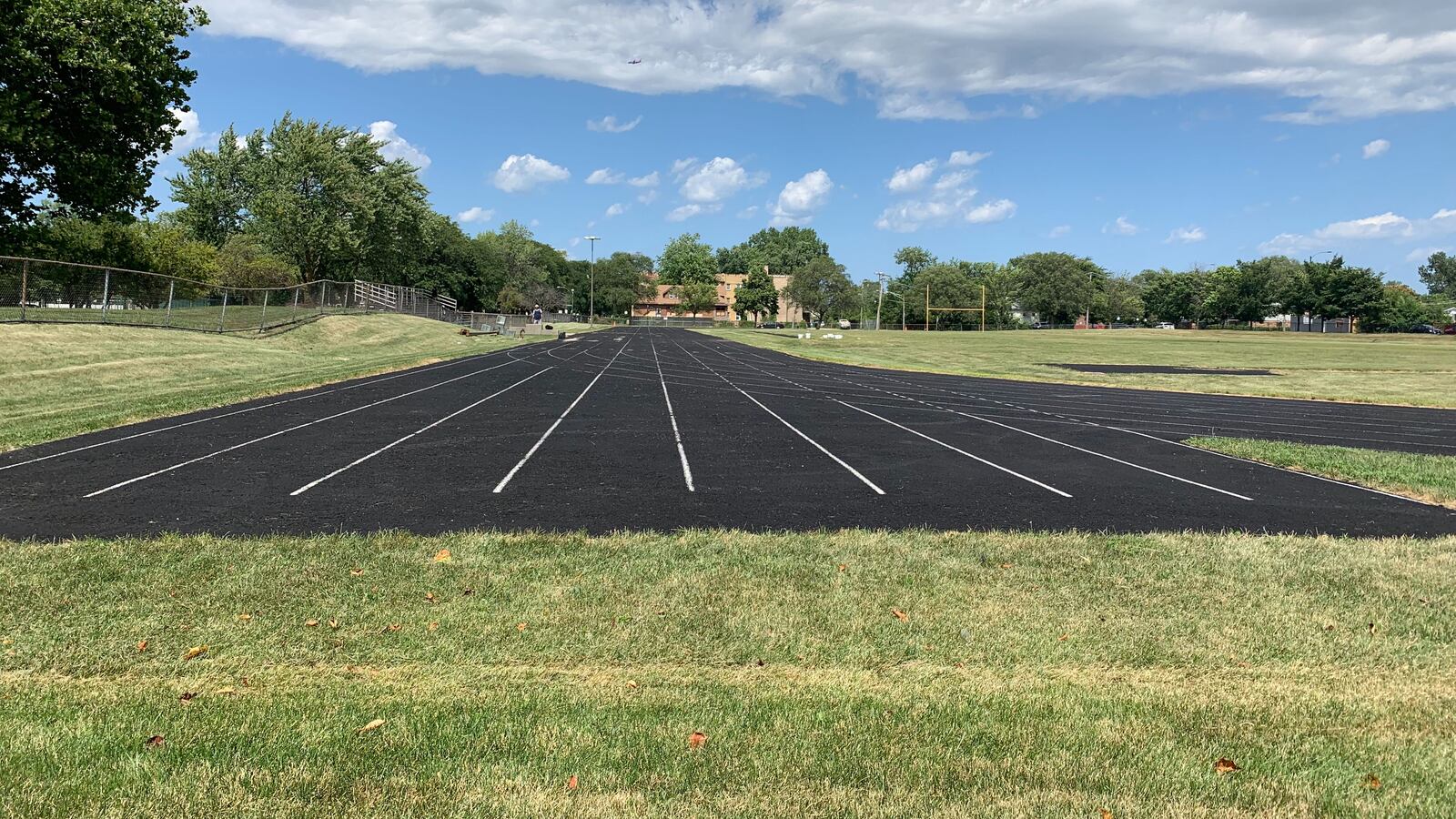After sitting through a presentation on Chicago Public Schools’ $820 million capital spending plan for next school year, school board Vice President Sendhil Revuluri addressed a question that other Chicagoans have asked: How does the district decide which campuses get improvements and which ones have to wait?
“The answer is complex, and it’s not clear to me at all,” said Revuluri, who joined the board in June. While he’s learned a lot, he said about the budget: “I have not learned this yet.”
But he hopes that by next year, the process will be clearer to him and to the community.
Related: Here are 8 items getting more funding in Chicago schools budget
Revuluri spoke to Chalkbeat Wednesday evening after a community meeting at Whitney Young High School, one of three sites where the district held simultaneous public meetings on the proposed $820 million capital budget, ahead of an Aug. 28 board vote.
But Chicago Public Schools has not conducted a facilities needs assessment in several years, and it only recently contracted a company to embark on a new citywide review. Chief Operating Officer Arnaldo Rivera told the audience at Amundsen High School on the city’s North Side that the district internally compiled the list of proposed upgrade projects and that it prioritized schools with the largest concentrations of at-risk students.
“We are trying to figure out how do we target our greatest needs instead of what can we do this year to move forward,” Rivera said. “CPS hasn’t had the luxury of doing multi-year plans.”
Rivera described a three-step process that started with a 2015 assessment of buildings with the greatest need. It factored in schools’ program expansions, overcrowding, and geographic locations. But he didn’t offer specifics about why some schools were chosen over others.
Related: Chicago Mayor Lori Lightfoot has trusted this deputy to oversee schools. What’s her plan?
About five people signed up to speak at the Whitney Young meeting, and their comments ranged from praise for district investments to echoing Revuluri’s question about the inscrutable process behind the list.
Dozens of parents, students, teachers and community members at schools that had successfully lobbied to win construction projects thanked the district. Others pointed out other lingering conditions in their schools, like dilapidated bathrooms, broken playgrounds, and missing elevators for disabled students.
“We fought hard to get a playground. It just warms my heart up,” said Joseph Williams, of Beasley Elementary, speaking at a hearing at Morgan Park High on the Southwest Side.
At Amundsen, 10 of the 15 speakers represented Sullivan High School, which is in line to get a new roof. The school has needed one for at least seven years, Principal Chad Adams said.
“There had been rumblings [about the budget], us sending pictures downtown [of water coming into classrooms, buckets in hallway],” Adams said. “We kept at it and parents kept advocating.”
At the hearing at Whitney Young, elated supporters of Orozco Elementary School praised an investment in new pre-kindergarten classes. Chinatown residents asked for a new neighborhood high school on the Near South Side, a long-sought goal.
Several speakers from Morgan Park Academy expressed appreciation for an expected $23 million in upgrades, including new sports fields. But one alumna noted that the band room is in such disrepair that the equipment gets moldy and needs to be replaced often.
When the district announced the budget earlier this month, leaders touted plans to fix up 300 schools and build more pre-K classrooms, with a focus on neighborhood schools and equity.
Related: Are there alternatives to closing schools? Chicago parents consider options.
This year’s $820 million capital budget is about 19% less than last year’s $1 billion spending plan. The biggest chunk of the proposed budget, about one-third or $289 million, would fund projects upgrading school security systems and information services and technology at schools. Another 30% of the capital budget, some $253 million, is proposed for “school facility needs,” like roof repairs and replacements, and improvements to windows, mechanical systems and building shells.
About $180 million is proposed to support educational programming, with two-thirds going to pre-K expansion, and the remainder going to high school science lab renovations and science and technology programs. About 5% of the budget, or $44.8 million, is earmarked for upgrades to school yards, playgrounds, and fields.
The largest chunk of the capital budget is still not tied to particular schools. It lists $530 million in citywide projects but doesn’t detail their locations. For a list of school-specific projects, and to see if your school made the list, click here.
Sarah Karp of WBEZ contributed to this report.

